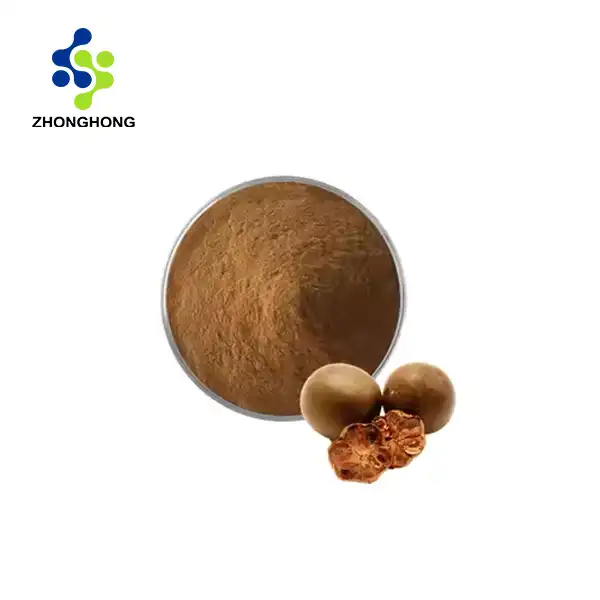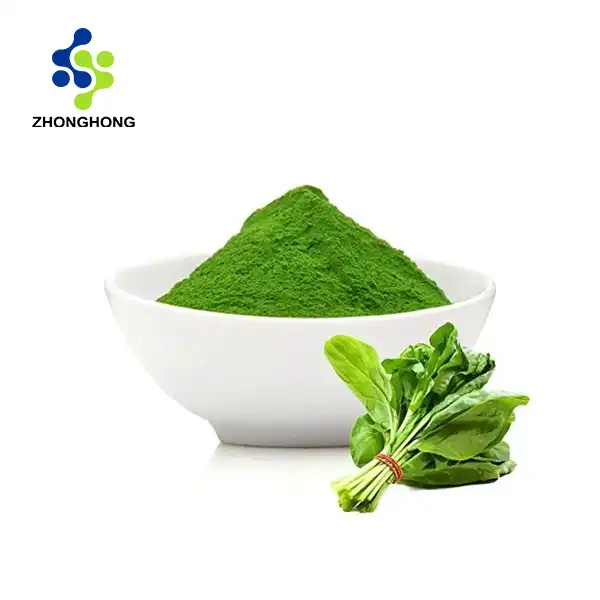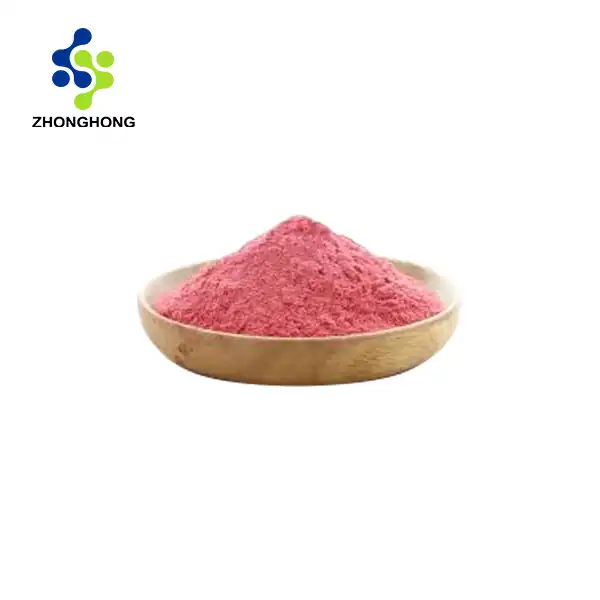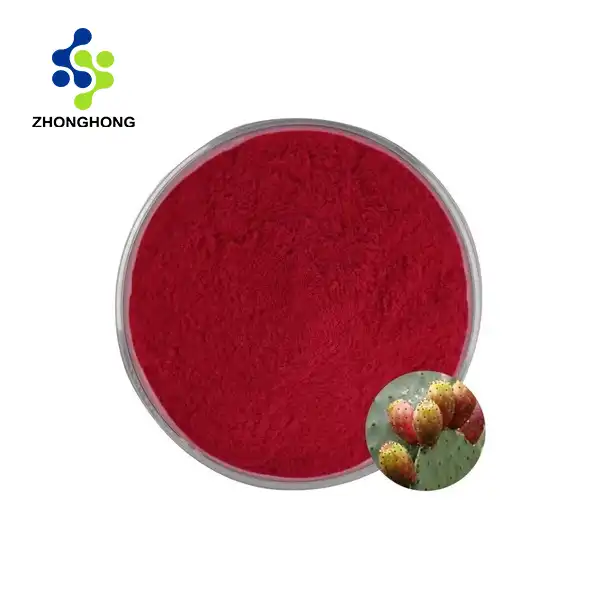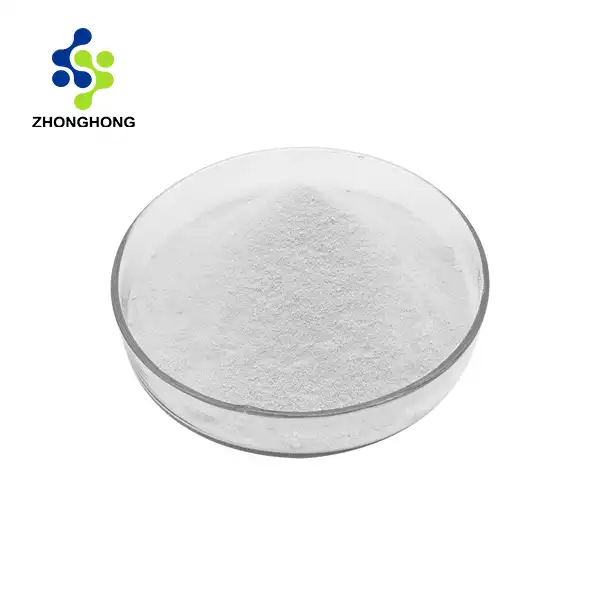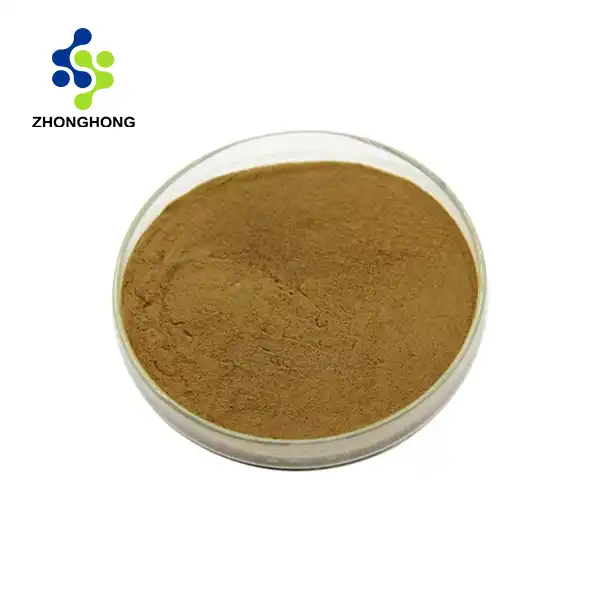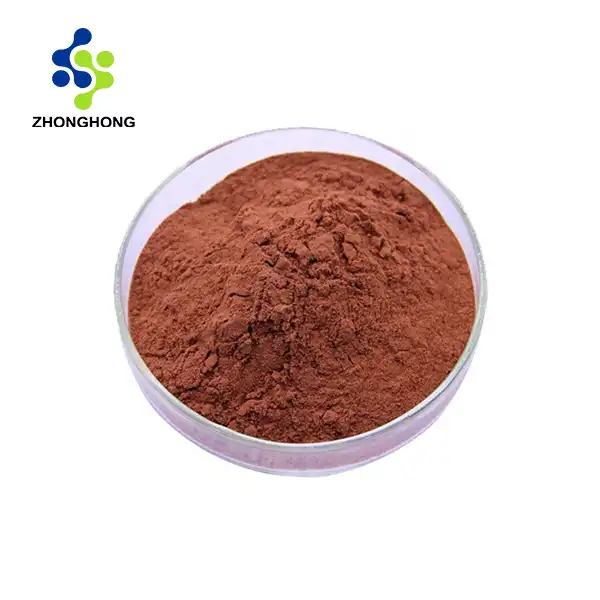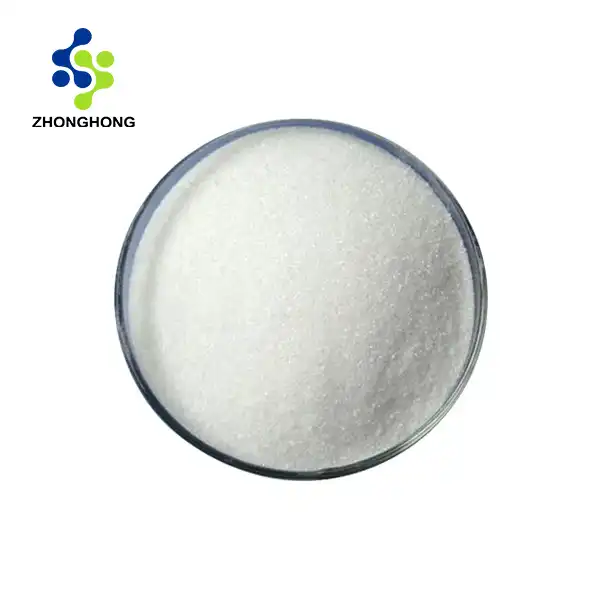Understanding Kojic Acid Powder
Chemical Composition and Properties
Kojic acid powder is a natural compound with the chemical formula C6H6O4. The powder form of kojic acid is typically white to pale yellow in color and has a slightly sweet odor. Its chemical stability is pH-dependent, with optimal stability in acidic conditions. Understanding these properties is crucial for formulators and researchers working with kojic acid powder in various applications.
Source and Production
Kojic acid is primarily produced through fermentation processes involving specific fungi species, including Aspergillus oryzae and Penicillium species. These microorganisms naturally produce kojic acid as a secondary metabolite during their growth. Industrial production often utilizes controlled fermentation techniques to optimize yield and purity. The fermentation broth undergoes several purification steps, including filtration, crystallization, and drying, to obtain high-quality kojic acid powder. This natural production method contributes to its appeal in the cosmetic and food industries, where there's a growing demand for naturally-derived ingredients.
Regulatory Status and Safety
The regulatory status of kojic acid powder varies across different regions and applications. In cosmetics, it's generally recognized as safe when used at appropriate concentrations. However, some countries have imposed restrictions on its use due to potential skin sensitization concerns. In the food industry, kojic acid is approved as a food additive in certain applications, subject to specific concentration limits. It's crucial for manufacturers and users to stay informed about the latest regulatory guidelines and safety data regarding kojic acid powder to ensure compliance and consumer safety.
Applications of Kojic Acid Powder
Skincare and Cosmetics
In the realm of skincare and cosmetics, kojic acid powder has emerged as a potent ingredient for addressing various skin concerns. This makes it effective in treating hyperpigmentation, age spots, and melasma. Kojic acid powder is often incorporated into serums, creams, and lotions at concentrations ranging from 1% to 4%. In cosmetic formulations, kojic acid powder can be added to foundations and other makeup products to impart a brightening effect and even skin tone.
Food Preservation
The food industry utilizes kojic acid powder for its antioxidant and antimicrobial properties. It's particularly effective in preventing enzymatic browning in fruits and vegetables, extending their shelf life and maintaining visual appeal. The concentration of kojic acid in food applications is typically regulated and must adhere to specific limits set by food safety authorities. Its natural origin makes it an attractive alternative to synthetic preservatives, aligning with the growing consumer demand for clean-label products.
Pharmaceutical and Research Applications
Past skincare and nourishment conservation, kojic corrosive powder finds applications in pharmaceutical investigate and improvement. Its tyrosinase hindrance properties make it a important device in considering melanogenesis and creating medications for pigmentation disarranges. In a few nations, kojic corrosive is utilized in prescription-strength definitions for treating resolved hyperpigmentation cases. Analysts are too investigating its potential in creating modern anti-microbials, leveraging its antimicrobial properties. In natural chemistry, kojic corrosive powder serves as a chelating specialist, able of authoritative metal particles. This property is valuable in different explanatory and inquire about applications, counting the location and measurement of metal particles in natural tests.
Formulation and Usage Guidelines
Concentration and pH Considerations
When formulating with kojic acid powder, concentration is a critical factor that influences both efficacy and safety. Higher concentrations may increase the risk of skin irritation without necessarily improving efficacy. It's most stable in acidic conditions, with an optimal pH range of 3 to 5. Formulators must carefully balance the pH to ensure kojic acid remains stable while maintaining a formula that's compatible with skin. In food applications, the concentration of kojic acid is often regulated and may vary depending on the specific food product and regional guidelines.
Compatibility with Other Ingredients
Kojic acid powder can be combined with various other active ingredients to enhance its effects or provide complementary benefits.However, care should be taken when combining it with strong acids or bases, as these can affect its stability. Antioxidants like vitamin E can be added to formulations to improve the overall stability of kojic acid.
Storage and Handling Precautions
Proper storage and handling of kojic acid powder are essential to maintain its quality and effectiveness. Airtight containers are recommended to prevent moisture absorption, which can lead to degradation. When handling kojic acid powder, protective equipment such as gloves and dust masks should be used to prevent skin contact and inhalation. In formulation processes, it's important to minimize exposure to heat and light, as these can accelerate degradation. For long-term storage, refrigeration can help maintain the powder's stability. When incorporating kojic acid into formulations, it's advisable to prepare fresh solutions or mixtures to ensure maximum potency and effectiveness in the final product.
Conclusion
Kojic acid powder is a versatile ingredient with applications spanning skincare, food preservation, and research. Its effectiveness in skin lightening and antioxidant properties make it valuable in cosmetics, while its preservative qualities benefit the food industry. Proper understanding of its properties, formulation guidelines, and safety considerations is crucial for optimal use. As research continues, kojic acid's potential in various fields may expand further. If you want to get more information about this product, you can contact us at liaodaohai@gmail.com.
_1728976869676.webp)
